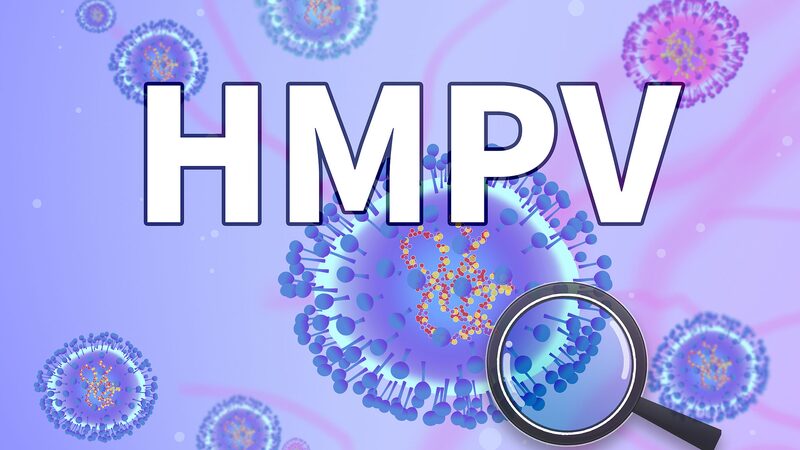This Thursday marks the 28th World Parkinson’s Day, shining a light on a condition affecting over 4.5 million people globally. While often associated with tremors, Parkinson’s disease (PD) is far more complex – and younger generations aren’t immune. Let’s break it down.
More Than Just Shaking Hands
Beyond well-known movement challenges like stiffness and tremors, PD packs a stealthy punch: non-motor symptoms. Imagine struggling to smell your morning coffee 💨, battling insomnia 🌙, or suddenly feeling disconnected during conversations. These early warning signs, including mood shifts and constipation, often go unnoticed until it’s too late.
Not Just “Getting Older”
\"This isn’t normal aging,\" stresses Dr. Hu Yongsheng, a Beijing neurology expert. PD stems from dwindling dopamine levels in the brain, leading to progressive physical decline and emotional struggles like depression. Early detection? Key. Watch for one-sided symptoms that spread over time.
Young & At Risk? Genetics Matter 🧬
While most patients are over 60, rising cases in younger adults are linked to family history. Got PD in your genes? You might face earlier onset. Researchers are racing to unravel why brain cells degenerate – with environmental factors and chemicals also in the mix.
Fight Back With Exercise 💪
No cure exists yet, but hope isn’t lost! Studies show aerobic workouts (think brisk walks 🚶♀️), resistance training (hello, push-ups!), and yoga-like stretches can delay symptoms and boost coordination. PD patients report better mobility and mood – proof that movement truly is medicine.
Reference(s):
World Parkinson's Day: Gain more knowledge about Parkinson's disease
cgtn.com



